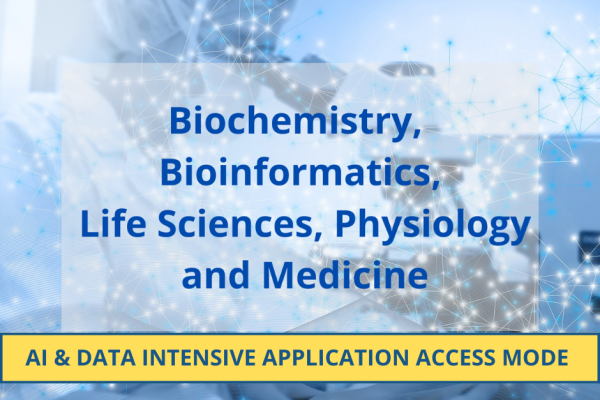Filter by
Awarded Projects (328)
RSS
In this proposal, the decay rate of a number of processes mediated by charged and neutral flavor changing currents will be computed.

Integrity of our genomic material is critical for cell survival and faithful inheritance. The newly identified Rahman syndrome (RS) is a rare genetic disease linked to frameshift mutations in the linker-histone H1.4, a critical structural constituent of chromatin, our genomic material.

Main group organometallic compounds are key components in a broad range of chemical reactions, from drug synthesis to fertilizer manufacturing. However, they are characterized by fast equilibria in solution involving the solvent which makes their experimental characterisation extremely challenging.

Ammonia (NH3) is widely used in agriculture, fertilizer production and chemical industry. The process of commercial NH3 production relies on the Haber-Bosch process that is energy-intensive and highly dependent on fossil fuels, and has with significant greenhouse gas emissions.

The first gravitational wave and electromagnetic (EM) observation of a merging binary neutron star (BNS) in 2017 demonstrated that such systems can launch powerful relativistic jets and, in turn, produce short gamma-ray bursts (SGRBs).

Cobalt (Co) is the key constituent of hard metal composites that are indispensable for advanced machining tools. Despite its use for over one hundred years, there is a strong interest in finding equivalent alternatives.

This project seeks to establish Linear Recurrent Neural Networks (LRNNs) as scalable and efficient alternatives to transformer-based Large Language Models (LLMs).

This proposal aims to support assessment of cloud feedbacks and climate sensitivity, as part of the the ongoing H2020 project Next Generation Earth Modelling Systems (NextGEMS). Cloud response to climate change remains a primary uncertainty and challenge in future climate projection.

Galaxies and the gas surrounding them are turbulent and multiphase, i.e., colder (< 10^4 K) gas is embedded in a much larger, volume filling hot (≳ 10^6 K) phase, and regulates the fuel supply for star formation and black hole growth.

This project leverages cutting-edge generative AI models to design synthetic enzymes optimized for industrial applications in biofuels, agriculture, and pharmaceuticals.